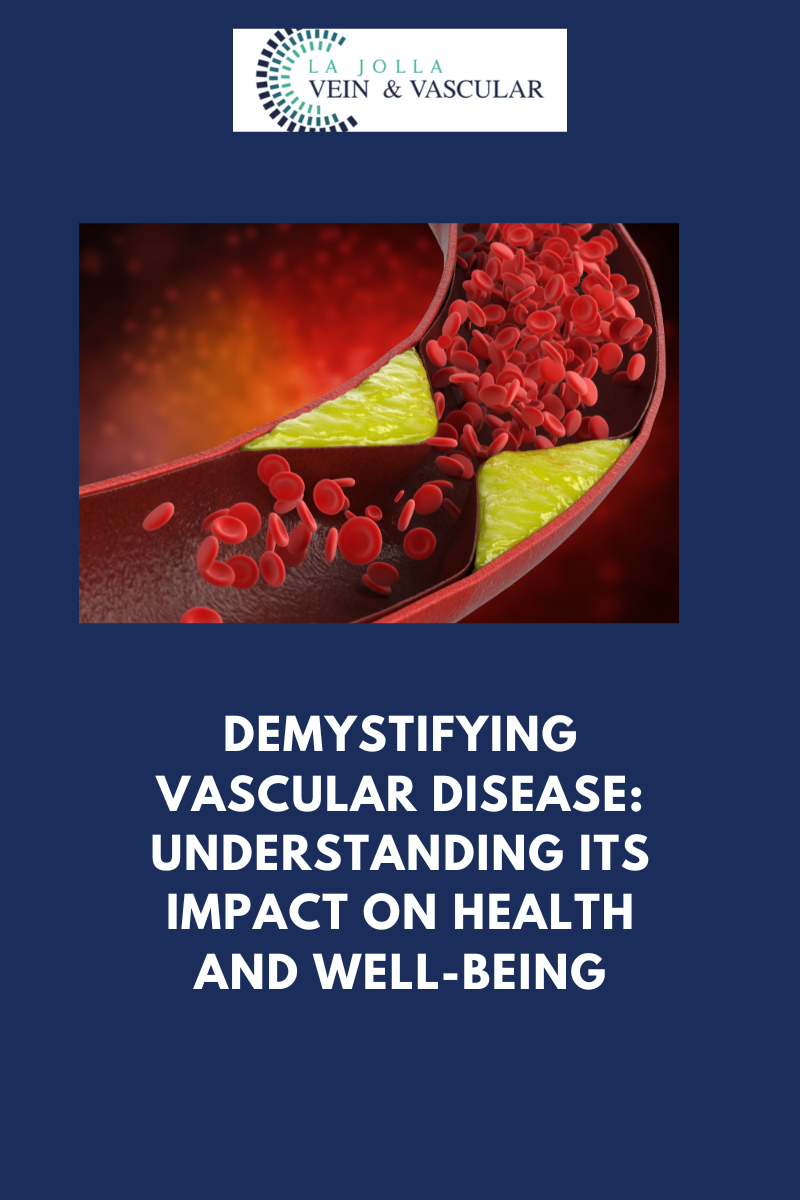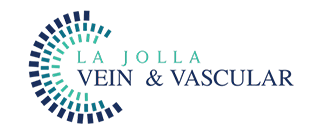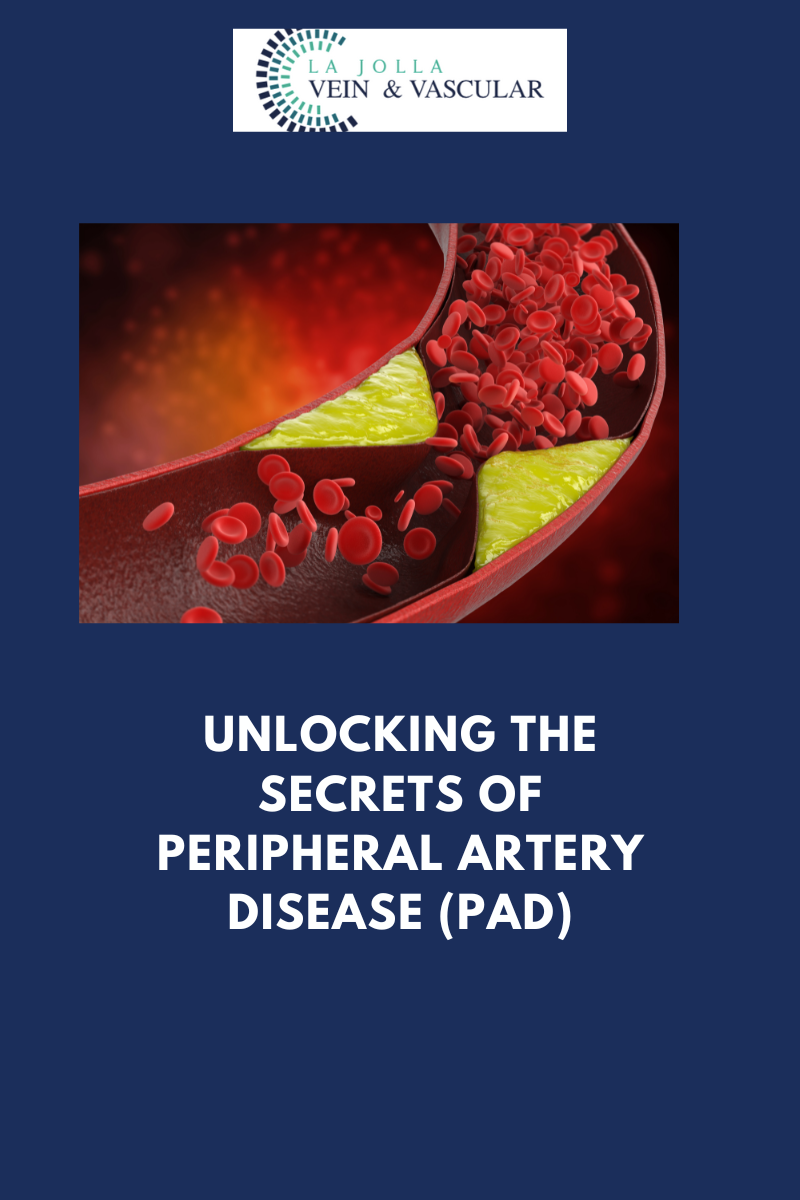Demystifying vascular disease: understanding its impact on health and well-being

Demystifying vascular disease: understanding its impact on health and well-being
Vascular disease is a term that often sounds complex and intimidating, but its impact on your health and well-being can be significant. In this blog post, we aim to demystify vascular disease by breaking down what it means, how it affects your body, and why understanding it is crucial for your overall health. So, let’s unravel the mystery and shed light on this important aspect of your vascular system.
What is Vascular Disease?
At its core, vascular disease refers to a range of conditions that affect the blood vessels in your body. These blood vessels are categorized into two main types: arteries and veins. Arteries carry oxygen-rich blood from the heart to every part of your body, while veins return blood back to the heart and lungs for replenishing oxygen.
Common Types of Vascular Disease
Understanding vascular disease involves recognizing its various forms and how they can impact your health. Here are some common types of vascular diseases:
- Arterial Disease: This includes conditions like Peripheral Arterial Disease (PAD) and Carotid Artery Disease. PAD, for instance, affects the arteries in your legs, often leading to reduced blood flow and pain in the legs. Carotid artery disease is linked to the arteries in your neck and can increase the risk of stroke.
- Venous Disease: Venous diseases encompass issues such as Varicose Veins, Deep Vein Thrombosis (DVT), and Chronic Venous Insufficiency. Varicose veins are visibly swollen and twisted veins, while DVT is a blood clot in a deep vein, typically in the legs. Chronic Venous Insufficiency results from weakened valves in the veins, causing blood to pool in the legs.
- Abdominal Aortic Aneurysm (AAA): This condition involves the expansion or ballooning of the abdominal aorta, which can lead to life-threatening complications if it ruptures.
Why Understanding Vascular Disease Matters
Now that we’ve clarified what vascular disease encompasses, let’s delve into why understanding it is essential for your health and well-being:
- Early Detection and Prevention: Knowledge is power when it comes to vascular disease. Understanding its signs and symptoms allows for early detection and proactive measures to prevent complications. Early intervention can significantly improve outcomes.
- Risk Factors: Vascular diseases often share common risk factors, such as smoking, high blood pressure, high cholesterol, obesity, and a sedentary lifestyle. By understanding these risk factors, you can take steps to mitigate them and reduce your chances of developing vascular diseases.
- Lifestyle Modifications: Knowing about vascular disease can prompt you to make healthier lifestyle choices. This includes quitting smoking, adopting a regular exercise routine, and maintaining a heart-healthy diet, all of which can improve your vascular health.
- Treatment Options: Understanding vascular disease opens the door to various treatment options. Depending on the type and severity of the condition, treatments can range from lifestyle changes and medications to minimally invasive procedures and surgery. Being informed empowers you to make informed decisions about your health.
- Quality of Life: Vascular diseases can significantly impact your quality of life, causing discomfort, pain, and limitations in daily activities. By understanding these conditions, you can seek appropriate treatment and regain control over your well-being.
Demystifying vascular disease is the first step towards taking control of your vascular health. Knowing what vascular disease is, its common types, and why it’s crucial to understand it empowers you to make informed choices about your health. Early detection, prevention, and lifestyle modifications are keys to maintaining a healthy vascular system and overall well-being.
If you have concerns or suspect you may be at risk for vascular disease, don’t hesitate to consult with a healthcare provider. Your vascular health is a vital component of your overall health, and knowledge is the key to ensuring a brighter, healthier future.
“Bringing Experts Together for Unparalleled Vein and Vascular Care”
La Jolla Vein & Vascular (formerly La Jolla Vein Care) is committed to bringing experts together for unparalleled vein and vascular care.
Nisha Bunke, MD, Sarah Lucas, MD, and Amanda Steinberger, MD are specialists who combine their experience and expertise to offer world-class vascular care.
Our accredited center is also a nationally known teaching site and center of excellence.
For more information on treatments and to book a consultation, please give our office a call at 858-550-0330.
For a deeper dive into vein and vascular care, please check out our Youtube Channel at this link, and our website https://ljvascular.com
For more information on varicose veins and eliminating underlying venous insufficiency,
Please follow our social media Instagram Profile and Tik Tok Profile for more fun videos and educational information.
For more blogs and educational content, please check out our clinic’s blog posts!





